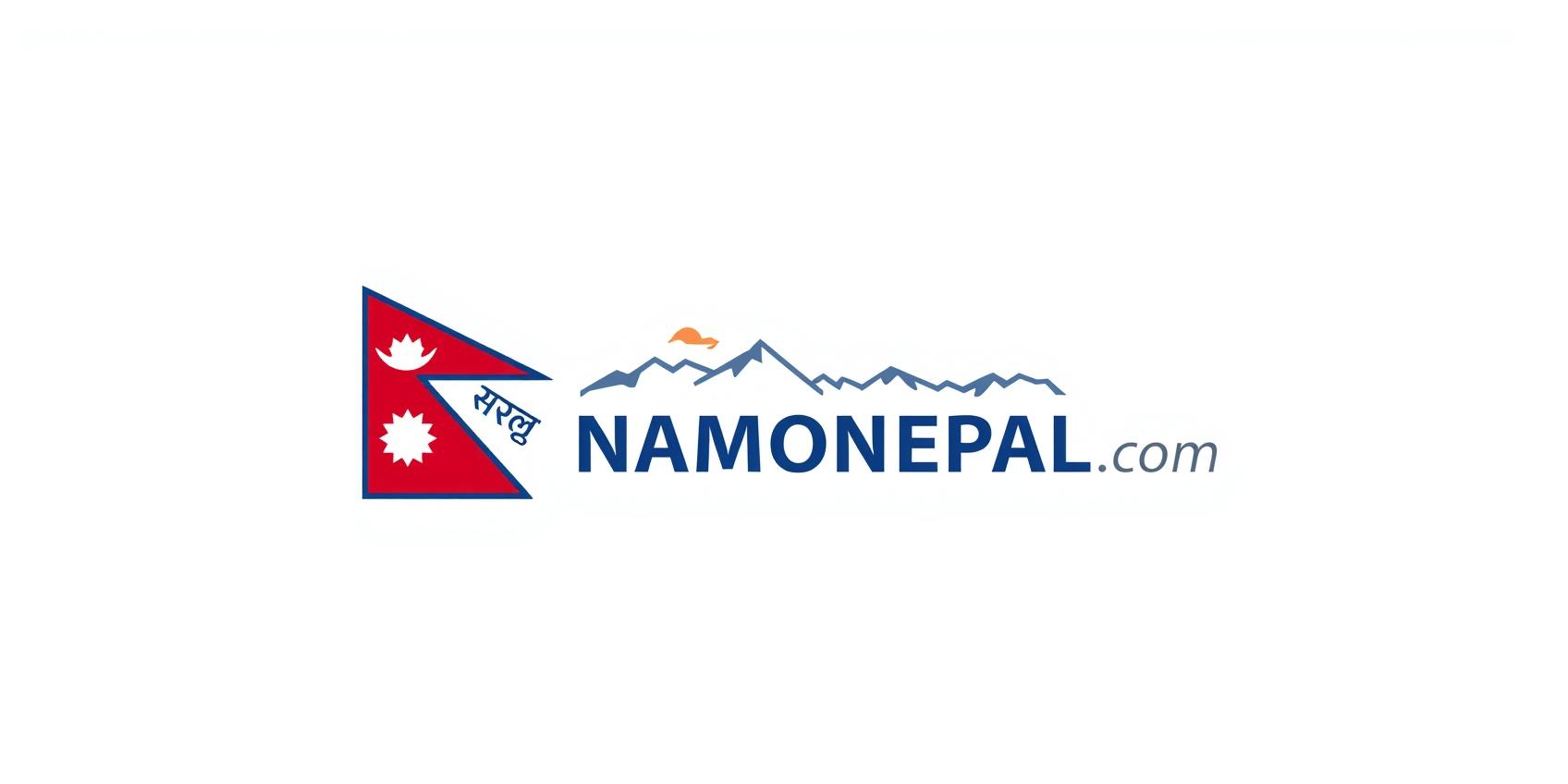Discover Nepal’s Annual Festival Calendar – Your Guide to Year-round Celebrations
Nepal is a land of vibrant festivals celebrated throughout the year, reflecting its rich cultural mosaic and deep-rooted spiritual traditions. From the grand festivals of Dashain and Tihar, to the colorful celebrations of Holi and Buddha Jayanti, Nepal’s event calendar offers visitors a chance to delve into authentic local culture. With a festival or celebration nearly every month, planning your visit with our annual calendar allows you to experience Nepal’s joyous spirit and cultural diversity in full bloom.

Why Follow Nepal’s Festival Calendar for Your Trip?
Timely Cultural Immersion and Spiritual Experience
- Ensures you witness the most authentic and culturally rich events.
- Allows strategic travel planning around local holidays and festivities.
- Offers opportunities to participate in spiritual ceremonies and public celebrations.
- Supports exploration of regional diversity through unique local festivals.
50+
Major Festivals Celebrated Annually
All
Spanning Hindu, Buddhist & Ethnic Traditions
Wide
Participation Across Urban and Rural Nepal
An Overview of Nepal’s Year-long Festival Ecosystem
Spirituality Meets Cultural Heritage across Seasons
Nepal’s festivals align with the lunar and solar calendars, marking seasons, religious milestones, and community events. Spanning over 12 months, key festivals include:
- Dashain (Sept-Oct): Nepal’s largest Hindu festival celebrating goddess Durga.
- Tihar (Oct-Nov): The festival of lights honoring animals and family bonds.
- Holi (March): The festival of colors welcoming spring.
- Buddha Jayanti (April-May): Commemorating the birth of Lord Buddha celebrated mainly in Lumbini.
- Teej (Aug-Sept): A women-focused festival dedicated to Goddess Parvati and familial devotion.
- Indra Jatra and Kumari Jatra: Kathmandu’s vibrant street festivals showcasing cultural heritage.


Month-wise Festival Highlights


Planning Your Festival Visits
Plan travel and accommodation early during major festivals. Learn about regional variations to experience unique local traditions. Engage with guides to understand the sociocultural significance behind rituals and celebrations.
📅
Early bookings for festival season
🕵
Local cultural etiquette tips
📌
Regional festival calendars
🎉
Family-friendly festival activities
👨👩👧👦
Community ceremony participation
Festival Form and Function – Cultural and Spiritual Dimensions
Nepalese festivals are blends of devotion, storytelling, and social life. Rituals offer spiritual cleansing; dances and music tell community histories; and food unites families. This harmonious mix sustains Nepal’s multi-ethnic identity and hospitality.

The Unique Festivals and Their Regional Identities
From Himalayan High Festivals to Terai Plains Celebrations
Nepal’s festivals cater to diverse ethnic communities: Sherpas celebrate Losar with lama dances; Newars enliven cities with Durbar Square Jamara rituals; Tharu communities host harvest celebrations with traditional music. These regional festivities allow travelers to tailor visits to their cultural interests and physical comfort levels.
Dive Into Nepal’s Festival World - Plan Your Cultural Journey Today
Come experience Nepal’s year-round festivals that illuminate its heritage, spirituality, and communal joy. Make your trip memorable with vibrant rituals, artistic performances, and timeless traditions.

Must-Visit Festivals in Nepal (Quick Overview)
Whether you visit Dashain’s blessings, Tihar’s lights, Holi’s colors, or Lhosar’s dances, each festival offers a unique window into Nepal's beating cultural heart.
- Dashain: Goddess Durga’s victory
- Tihar: Festival of Lights
- Holi: Spring and color celebration
- Buddha Jayanti: Legacy of peace
- Teej: Women’s devotion
- Indra Jatra: Masks & God of Rain
- Maghe Sankranti: Winter solstice feast
Nepal Annual Festivals – Frequently Asked Questions
Answers to common queries regarding Nepal’s diverse and colorful festivals.

